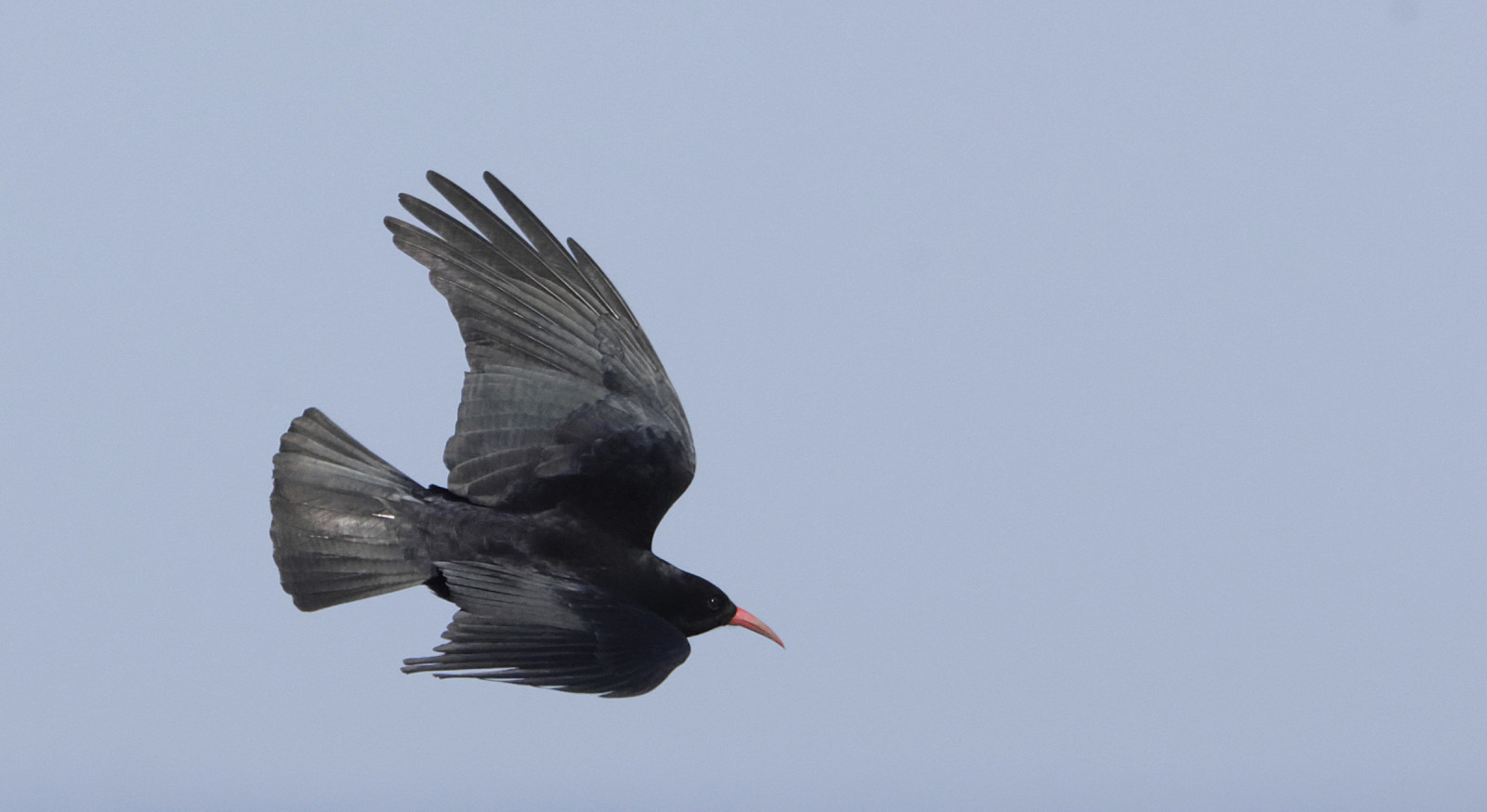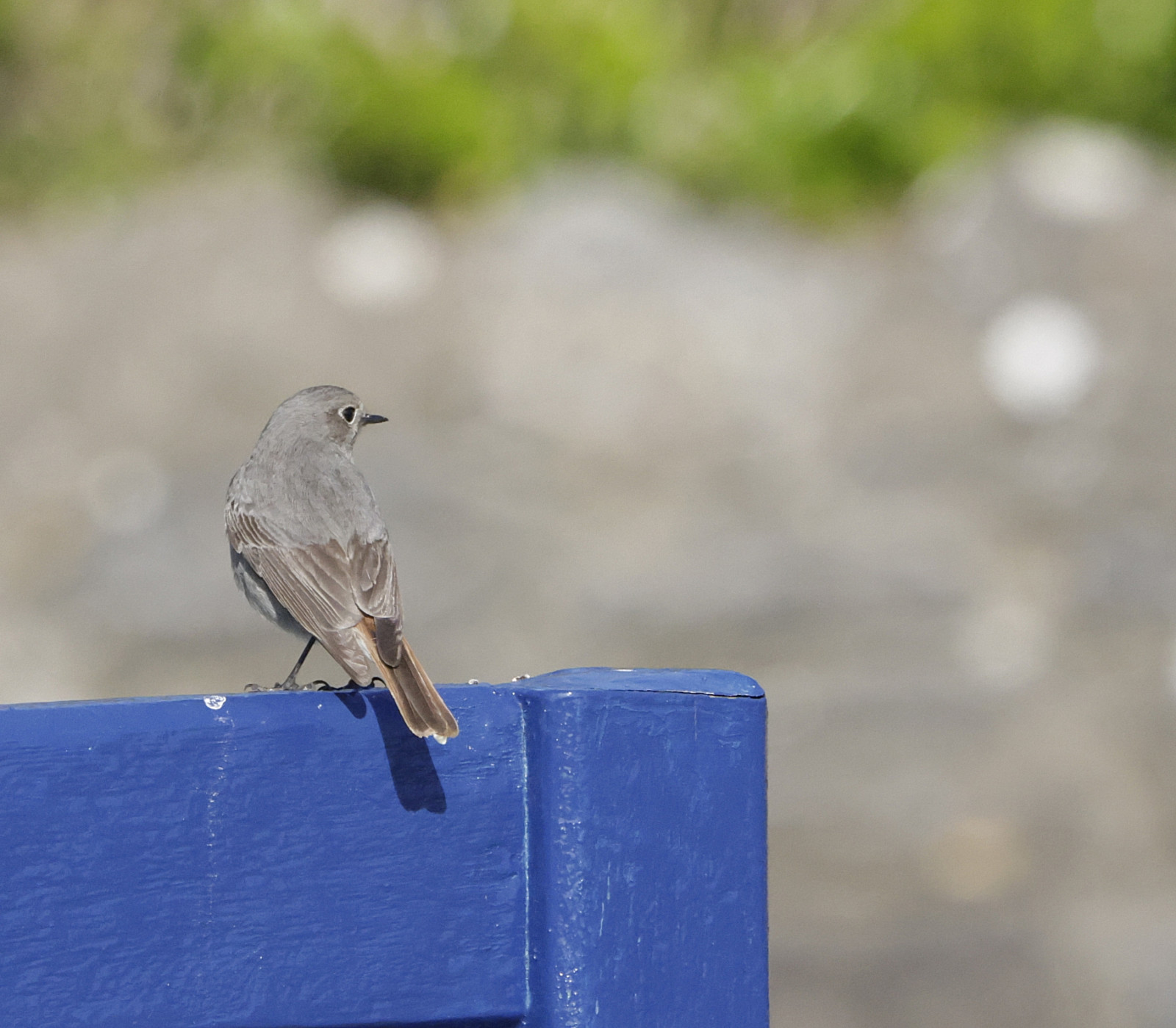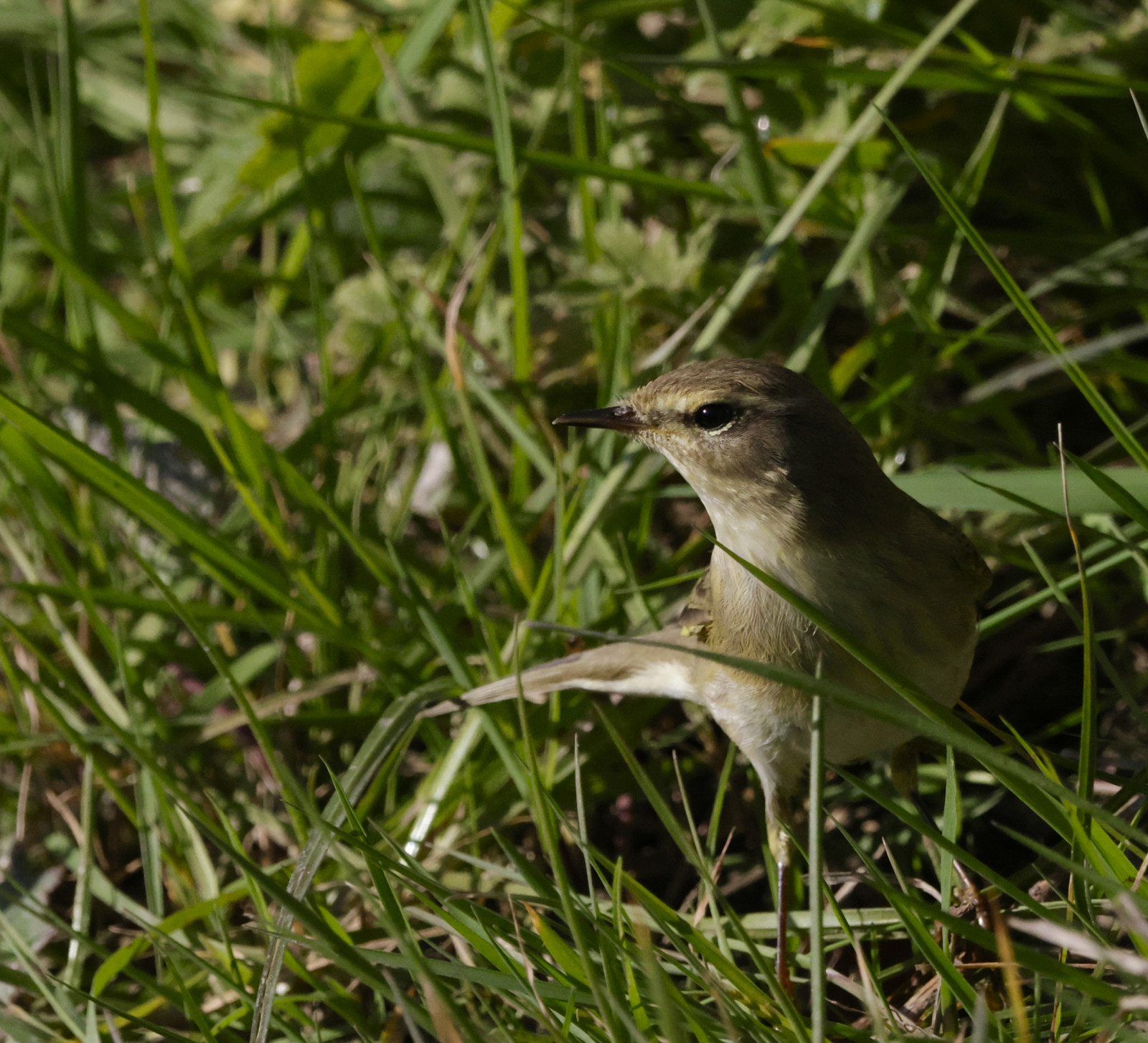Charger images
Les formats d'image autorisés sont de type jpeg, png ou gif
La taille maximale du fichier doit être de 20MB



Rocky peninsula attracting migrants to the nearby village gardens. Some seabird passage. Migration better when the weather is poor, particularly if rain or fog.
The Hook Head peninsula includes rocky cliffs, flat fields with stone walls, agricultural fields, and a nearby village with small, sheltered gardens. The area is best during migration periods, particularly if the weather is poor with rain or fog, possibly helped by the attraction of the light from the historic lighthouse. Note that on clearer days, migration can be very poor, with very few unusual birds. Passerine migration is best in the autumn.
Seabird movement past the head consists mainly of common seabirds such as Fou de Bassan, Puffin des Anglais, Plongeon catmarin and Guillemot de Troïl and other auks, but can occasionally bring more interesting species such as Puffin fuligineux, Labbe pomarin and Phalarope à bec large. Whales and dolphins, including the occasional Hump-backed Whale, visit the waters to the south of the head.
Passerine migration in autumn can bring in birds such as Merle à plastron, Pouillot à grands sourcils, Roitelet triple-bandeau, Fauvette épervière, Pipit de Richard, Rougequeue à front blanc, Rougequeue noir and Gobemouche noir. In addition, there can be large movements of larks, thrushes, and pipits through the area. A pair of Crave à bec rouge breed in the area.
Hook Head can be accessed by car via the R733 and then the R737 if coming from Wexford town. Access by bicycle is possible but is lengthy and somewhat dangerous along narrow, twisty roads. The area is not accessible by public transport. Parking is available at the lighthouse (plenty of space), Slade Harbour (limited parking), the most southerly point of the head (limited parking) or near the ruined church in the village (very limited parking). Click on a P in the map for directions.
Once parked, one can walk along the road through the village and/or around the headland from the lighthouse to Slade harbour, though access near the lighthouse requires climbing a wall, which can be very awkward for those with limited mobility. The circular walking route indicated on the map is about 5 km.
Some areas of the cliffs are extremely slippery and dangerous. Some areas of the cliffs have blow-holes that pose a danger of falling. During windy weather and high tides, freak waves can occur - take great care at all times not to get too close to the sea.
Votre feedback sera transmis à l’auteur.rice de cette zone et à l’équipe éditoriale de Birdingplaces, qui l’utiliseront pour améliorer la qualité des informations. (Vous souhaitez publier un commentaire visible en bas de page ? Fermez cette fenêtre et choisissez l’Option 1 : « Publier un commentaire, un conseil ou une observation ».)
Veuillez fournir des suggestions d'améliorations ou d'ajouts au texte de ce site ornithologique.
Veuillez fournir vos suggestions d'améliorations ou d'ajouts à la carte.
Veuillez fournir des suggestions d'améliorations ou d'ajouts à la liste des oiseaux.
Cliquez sur l'icône de l'oiseau () Insérez les noms d'oiseau dans votre langue. Ils seront automatiquement traduits pour les autres usagers !